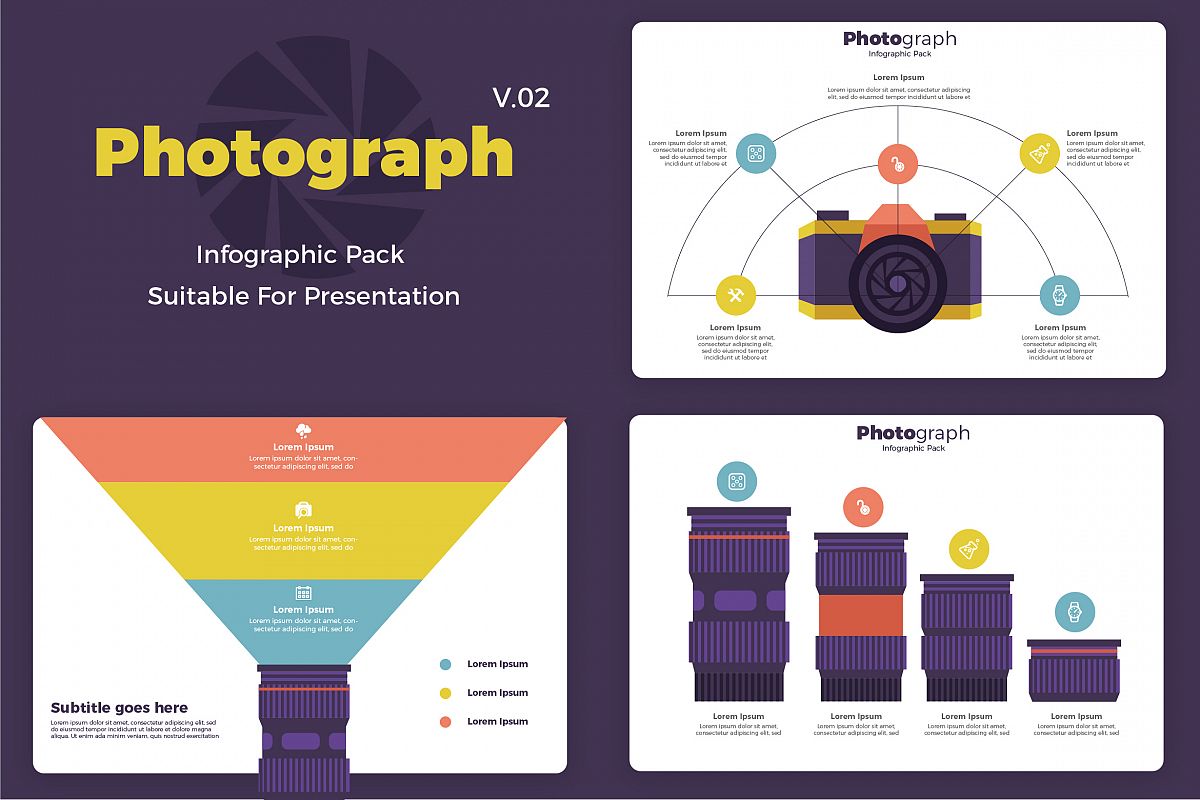What Every Photographer Needs To Understand About Lights
What Every Photographer Needs To Understand About Lights
Blog Article
Post By-Futtrup Isaksen
As a digital photographer, you know that lights can make or damage your pictures. Understanding the nuances of both all-natural and artificial light is vital for recording the state of mind and quality you go for in your job. Whether please click the next post chasing the best gold hour radiance or tweak your synthetic setups, mastering these aspects can boost your digital photography considerably. But there are common risks that many forget, and recognizing them can change your method to every shoot. Let's explore what you could be missing out on and how it can influence your outcomes.
Recognizing Natural Light
Comprehending natural light is vital for any type of professional photographer looking to enhance their job. It's the foundation of terrific digital photography, influencing mood, tone, and clearness. When you fire outdoors, take notice of the time of day. The gold hour-- shortly after daybreak and before sunset-- supplies soft, cozy light that can transform ordinary scenes right into spectacular photos.
Don't take too lightly the power of overcast days. Cloud cover diffuses sunshine, producing a soft, also light that's excellent for portraits and macro digital photography. You'll find shades appear this sort of illumination without extreme shadows.
Positioning issues, as well. Constantly consider your topic's positioning to the light. If the sun's behind your subject, you might wind up with a silhouette, which can be dramatic yet mightn't be what you want. Alternatively, straight sunshine can create uncomplimentary darkness.
Try out https://telegra.ph/Discovering-The-Globe-Through-The-Lens-Travel-Digital-Photography-Fundamentals-01-09 , altering your point of view can yield outstanding outcomes. Usage all-natural reflectors, like water or sand, to bounce light onto your topic, adding dimension.
Learning Artificial Light
Understanding fabricated light is important for professional photographers who want to take their abilities to the next degree. Whether you're utilizing speedlights, workshop strobes, or constant lights, understanding just how to manipulate these sources can significantly improve your photos.
Start by https://squareblogs.net/alva941tyson/creative-ways-to-market-your-photography-solutions with the essentials of light quality, direction, and color temperature. Explore https://squareblogs.net/dorathy5288william/imaginative-photography-concepts-unleashing-your-creativity like softboxes, umbrellas, or grids to control the softness or harshness of the light.
You'll locate that soft light typically develops flattering outcomes, while harsher light can include drama and deepness. Do not shy away from shadows; they can boost the three-dimensionality of your topics.
Pay very close attention to the positioning of your lights. A light located also near your subject can develop uncomplimentary results, while as well far away can lead to a lack of detail. Make use of a light meter or your camera's histogram to guarantee you're subjecting appropriately.
Finally, remember that synthetic light can be mixed with ambient light for creative results. Balancing these resources could take technique, but once you master it, your digital photography will genuinely radiate.
Methods for Various Situations
When you step into various shooting scenarios, adapting your lighting strategies is important for catching the very best images. For outdoor portraits, make use of the golden hour-- early morning or late afternoon light-- to soften darkness and improve skin tones.
If it's a severe noontime sunlight, consider making use of a reflector to jump light back onto your topic or seek shaded areas for a more even exposure.
In low-light situations, like indoor occasions, raise your ISO and make use of a broad aperture to allow in more light. A tripod can help get rid of electronic camera shake, allowing for longer exposures without blurring.
If you're contending night, try out off-camera flash to create dynamic lights and depth in your pictures.
For product digital photography, make use of diffused illumination to avoid severe reflections. Softboxes or light camping tents can aid achieve this effect.
When photographing landscapes, think about the instructions of light and time of day, as it can considerably transform the state of mind of your shot.
Constantly be ready to readjust your settings and placing based upon the situation, as adaptability is crucial to mastering lighting in photography.
Verdict
Finally, mastering lighting is vital to raising your digital photography abilities. Welcome natural light's elegance throughout golden hour, and don't avoid trying out synthetic light strategies. By adapting your strategy to various circumstances, you'll record spectacular pictures that resonate with feeling and quality. Remember, the right lights can transform an ordinary shot into something amazing, so maintain practicing and fine-tuning your understanding of both natural and artificial light. Satisfied capturing!
